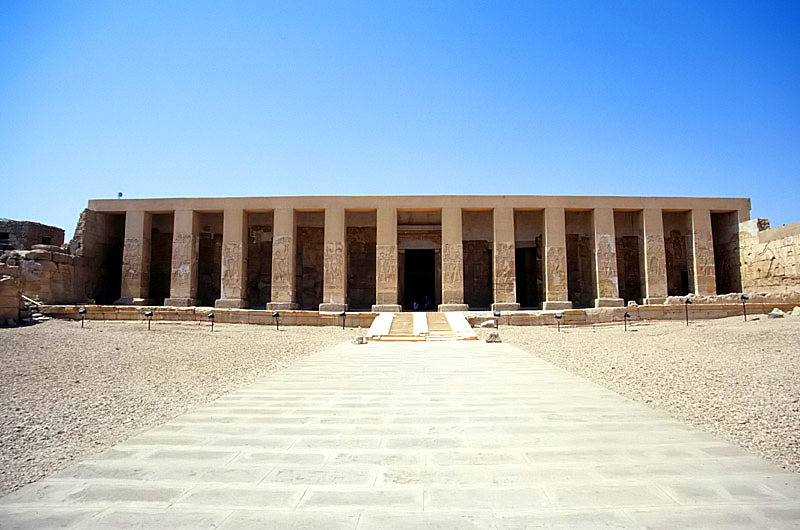Temple Of Seti I (Abydos) on:
[Wikipedia]
[Google]
[Amazon]
 The temple of Seti I also known as the Great Temple of Abydos is one of the main historical sites in
The temple of Seti I also known as the Great Temple of Abydos is one of the main historical sites in

TravEgypt-WJB
: re-discovered Table of Abydos.
 The "helicopter" image is the result of carved stone being re-used over time. The initial carving was made during the reign of
The "helicopter" image is the result of carved stone being re-used over time. The initial carving was made during the reign of
 The temple of Seti I also known as the Great Temple of Abydos is one of the main historical sites in
The temple of Seti I also known as the Great Temple of Abydos is one of the main historical sites in Abydos Abydos may refer to:
*Abydos, a progressive metal side project of German singer Andy Kuntz
* Abydos (Hellespont), an ancient city in Mysia, Asia Minor
* Abydos (''Stargate''), name of a fictional planet in the '' Stargate'' science fiction universe ...
. The temple was built by pharaoh Seti I
Menmaatre Seti I (or Sethos I in Greek) was the second pharaoh of the Nineteenth Dynasty of Egypt during the New Kingdom period, ruling c.1294 or 1290 BC to 1279 BC. He was the son of Ramesses I and Sitre, and the father of Ramesses II.
The ...
. At the rear of the temple there is the Osireion
__NOTOC__
The Osirion or Osireion is an ancient megalithic structure located at Abydos, to the rear of the Mortuary Temple of Seti I. Its original purpose is unknown.
It is an integral part of Seti I's funeral complex and is possibly built to ...
.
The temple is also notable for the Abydos graffiti, ancient Phoenician and Aramaic graffiti found on the temple walls.
Documentation
The temple was described by pioneer archaeologistFlinders Petrie
Sir William Matthew Flinders Petrie ( – ), commonly known as simply Flinders Petrie, was a British Egyptologist and a pioneer of systematic methodology in archaeology and the preservation of artefacts. He held the first chair of Egyp ...
. The temple was documented in 1933 in a four-volume series entitled ''The Temple of King Sethos I at Abydos''. The books were largely devoted to the exceptional copies of the temple's wall paintings done by Ms. Amice Calverley.

Abydos King List
The long list of the pharaohs of the principal dynasties—recognized by Seti—are carved on a wall and known as the "Abydos King List". There were significant names deliberately left off of the list. As an almost complete list of pharaoh names, the Table of Abydos, rediscovered byWilliam John Bankes
William John Bankes (11 December 1786 – 15 April 1855) was an English politician, explorer, Egyptologist and adventurer.
The second, but first surviving, son of Henry Bankes MP, he was a member of the Bankes family of Dorset and he had Sir ...
, has been called the "Rosetta Stone" of Egyptian archaeology, analogous to the Rosetta Stone
The Rosetta Stone is a stele composed of granodiorite inscribed with three versions of a decree issued in Memphis, Egypt, in 196 BC during the Ptolemaic dynasty on behalf of King Ptolemy V Epiphanes. The top and middle texts are in Ancient ...
for Egyptian writing, beyond the Narmer Palette
The Narmer Palette, also known as the Great Hierakonpolis Palette or the Palette of Narmer, is a significant Egyptian archeological find, dating from about the 31st century BC, belonging, at least nominally, to the category of cosmetic palettes. ...
.Misty Cryer, "Travellers in Egypt – William John Bankes" (2006), TravellersinEgypt.org, webTravEgypt-WJB
: re-discovered Table of Abydos.
Helicopter hieroglyphs
 The "helicopter" image is the result of carved stone being re-used over time. The initial carving was made during the reign of
The "helicopter" image is the result of carved stone being re-used over time. The initial carving was made during the reign of Seti I
Menmaatre Seti I (or Sethos I in Greek) was the second pharaoh of the Nineteenth Dynasty of Egypt during the New Kingdom period, ruling c.1294 or 1290 BC to 1279 BC. He was the son of Ramesses I and Sitre, and the father of Ramesses II.
The ...
and translates to "He who repulses the nine nemies of Egypt. This carving was later filled in with plaster and re-carved during the reign of Ramesses II
Ramesses II ( egy, rꜥ-ms-sw ''Rīʿa-məsī-sū'', , meaning "Ra is the one who bore him"; ), commonly known as Ramesses the Great, was the third pharaoh of the Nineteenth Dynasty of Egypt. Along with Thutmose III he is often regarded a ...
with the title "He who protects Egypt and overthrows the foreign countries". Over time, the plaster has eroded away, leaving both inscriptions partially visible and creating a palimpsest
In textual studies, a palimpsest () is a manuscript page, either from a scroll
A scroll (from the Old French ''escroe'' or ''escroue''), also known as a roll, is a roll of papyrus, parchment, or paper containing writing.
Structure
A scr ...
-like effect of overlapping hieroglyphs.
Dorothy Eady
Dorothy Louise Eady, also known as Omm Sety (16 January 1904 – 21 April 1981), was keeper of the Temple of Seti I in Abydos.Notes
Egyptian temples Seti I Abydos, Egypt sites {{AncientEgypt-stub